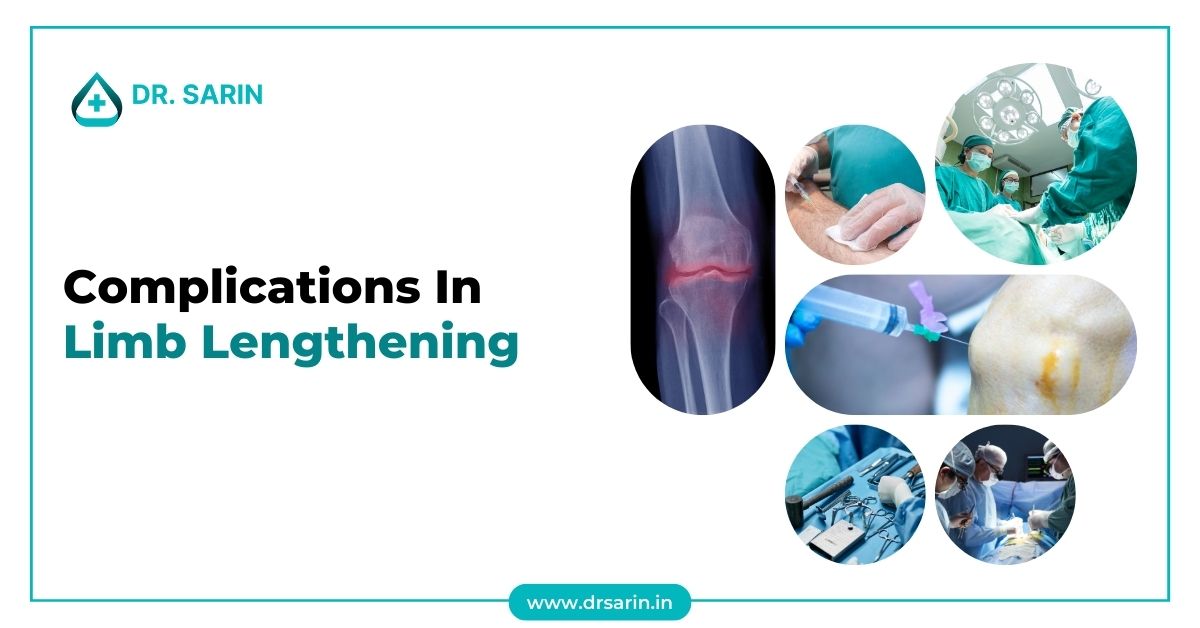Limb lengthening surgery, a procedure often utilized to correct limb length discrepancies or address congenital conditions, can significantly improve a patient’s quality of life. However, like any surgical procedure, it is not without risks. Understanding height surgery side effects is crucial for patients and healthcare providers. These complications can generally be categorized into three main groups: implant-related, surgery-related, and patient-related.
In general, we can divide the height surgery side effects into three different categories:
1. Implant-related Complications
Implant-related complications refer to issues arising from using external or internal fixation devices during limb-lengthening procedures. These height surgery side effects may include:
- Hardware Failure: Breakage or loosening of pins, wires, screws, or external fixators can occur, compromising the stability of the fixation device and affecting the outcome of the lengthening process.
- Infection: The presence of implants increases the risk of infection, which can lead to delayed healing, osteomyelitis, or other severe complications if not promptly treated.
- Soft Tissue Irritation: Pressure from the implants or rubbing against the skin can cause irritation, inflammation, or pressure ulcers, particularly with external fixators.
2. Surgery-related Complications
Complications directly related to the surgical aspect of limb lengthening procedures can include:
- Nerve or Blood Vessel Damage: Injuries to nerves or blood vessels during surgery can result in sensory or motor deficits, impaired circulation, or other complications requiring additional interventions.
- Delayed Union or Nonunion: Insufficient bone healing or failure of the bone to unite at the lengthened site can occur, necessitating revision surgery or alternative treatment approaches.
- Joint Stiffness: Restricted range of motion or stiffness in adjacent joints may develop following surgery, requiring physical therapy or surgical intervention.
3. Patient-related Complications
Factors inherent to the patient can also contribute to leg lengthening surgery side effects during limb lengthening, including:
- Poor Bone Quality: Individuals with underlying bone conditions or osteoporosis may experience bone regeneration and consolidation challenges during the lengthening process.
- Compromised Healing Capacity: Certain medical conditions or lifestyle factors, such as smoking or poor nutrition, can impair the body’s ability to heal properly following surgery, increasing the risk of complications.
- Psychological Distress: Coping with the physical and emotional demands of limb lengthening can lead to psychological stress, depression, or anxiety, which may impact the overall recovery process.
It’s important for patients considering limb lengthening surgery to discuss height surgery side effects thoroughly with their healthcare providers and weigh the risks against the benefits. Close monitoring, adherence to post-operative protocols, and prompt intervention in case of complications are essential for optimizing outcomes and minimizing risks associated with limb-lengthening procedures.
Also Read:



